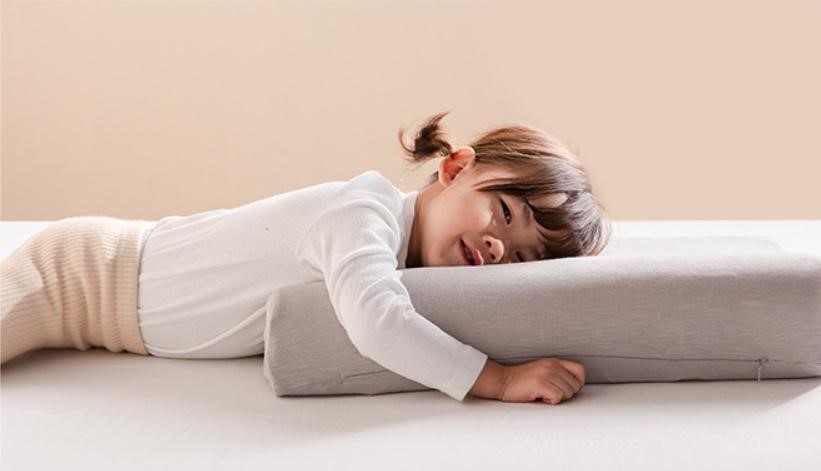Have you been sleeping on the right space memory pillow over the years?
Optimizing Your Sleep: The Importance of Pillows, Mattresses, and Quilts
We spend about one-third of our lives sleeping, yet while we often cherish comfortable beds and warm quilts, we tend to overlook the crucial role of pillows. Though we use pillows daily, are you sure you're using them correctly?
Are Pillows Meant for Your Head?
From a physiological perspective, the human cervical spine has a natural forward curve. When lying down, a gap forms between the neck and the bed, necessitating a pillow to maintain the spine's natural curve and relax the neck and back muscles. Ideally, the pillow should support the neck, positioned between the back of the head and the shoulders. If the pillow only supports the head, the cervical spine will be unsupported, leading to muscle tension, soreness, and even difficulty sleeping.
Can "High Pillows" Lead to Better Sleep?
Contrary to popular belief, using a high pillow can cause the cervical spine to bend excessively forward, overstraining the neck's soft tissues and increasing the risk of a stiff neck. Over time, this can lead to changes in the cervical spine's structure, including loss of its natural curve or even cervical spondylosis. Conversely, a pillow that is too low or not using a pillow at all can cause issues such as mouth breathing, dry mouth, sore throat, and snoring. Sleeping on your side without proper pillow support can also strain neck muscles, leading to discomfort.
The ideal pillow height varies depending on individual factors like shoulder width, body type, and sleeping posture. The goal is to keep the spine in a straight line when viewed from the front and in a natural S-curve when viewed from the side. For back sleepers, the pillow height should match the height of a clenched fist. For side sleepers, the pillow height should be approximately the width of the shoulder. A good pillow should maintain the cervical spine's natural curvature, avoiding both excessively high pillows and going without one altogether.

What About Pillow Firmness?
Pillow firmness should be moderate. A pillow that is too hard reduces contact between the head and pillow, increasing pressure and causing discomfort. On the other hand, a pillow that is too soft may not provide adequate support, leading to neck muscle fatigue and disrupted breathing.
Do Babies Need Pillows?
Newborns generally do not require pillows because their spines are still straight, with only a slight backward curve. For the first three months, babies can sleep comfortably without a pillow as their heads and bodies naturally align when lying flat or on their sides. Introducing a pillow too early can bend the baby's neck unnaturally, potentially causing breathing difficulties and impacting normal growth and development. Therefore, it’s advisable to avoid pillows for babies under three months old.
Ensuring Comfortable Sleep for the Elderly
For older adults, selecting the right bedding is crucial for preventing spinal issues and ensuring restful sleep.
- Pillows: Elderly individuals should opt for slightly firm, breathable pillows. Pillow fillings like buckwheat or tea leaves are ideal as they provide uniform support, allowing the pillow to adjust as the head moves, ensuring smooth breathing and relaxing the neck muscles. Adding a small pillow about 5 cm thick beside the larger pillow can help maintain the cervical spine’s natural curve and prevent the neck from being exposed to cold air.
- Mattresses: A firmer coir mattress is recommended, particularly for those with lumbar disc issues or muscle strain. Soft mattresses lack the necessary support for the spine, often causing fatigue. For those who are thinner, a softer mattress about 3 to 5 cm thick can prevent skin irritation and pressure sores.
- Quilts: Quilts should not be too heavy, as this can compress the chest and blood vessels, hindering blood circulation and potentially causing breathing difficulties.
- Quilt Covers: Pure cotton quilt covers are ideal due to their excellent moisture absorption and breathability. Cotton fibers can absorb and release moisture, maintaining a balanced and comfortable environment for the skin. Additionally, cotton quilt covers are durable and washable, making them a practical choice for the elderly.
By carefully selecting the right pillow, mattress, and quilt, you can significantly improve your sleep quality and overall health.
